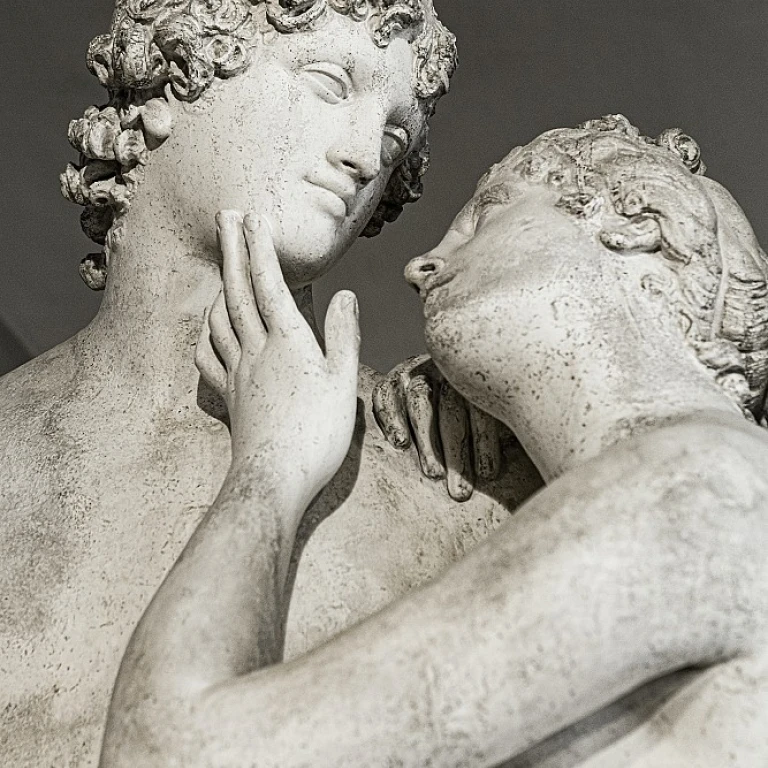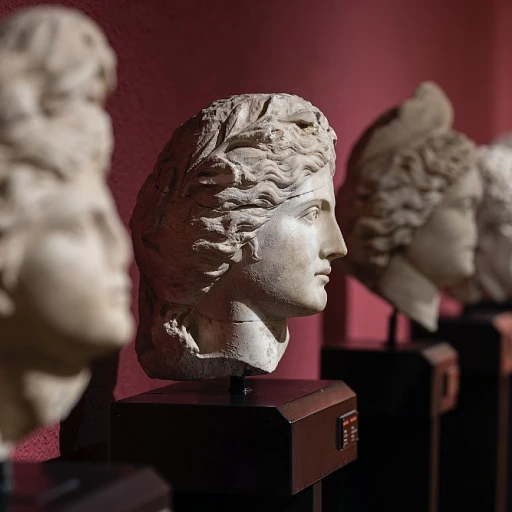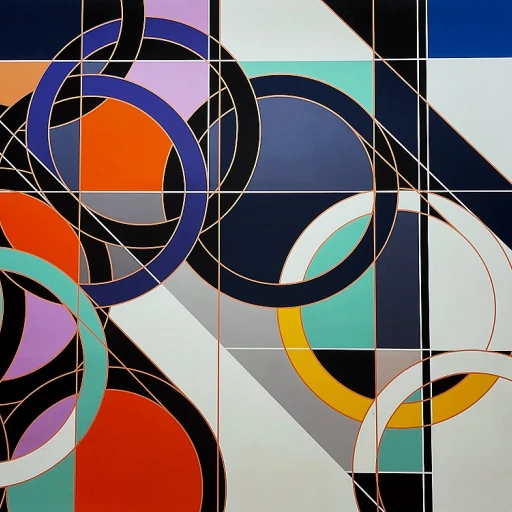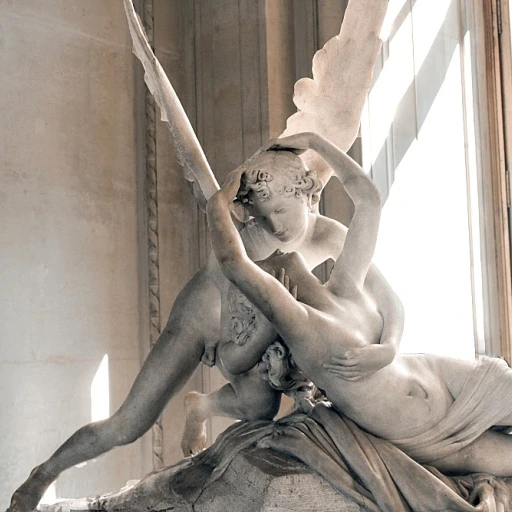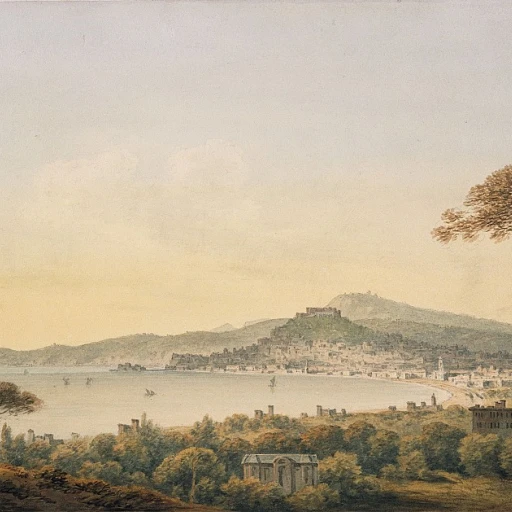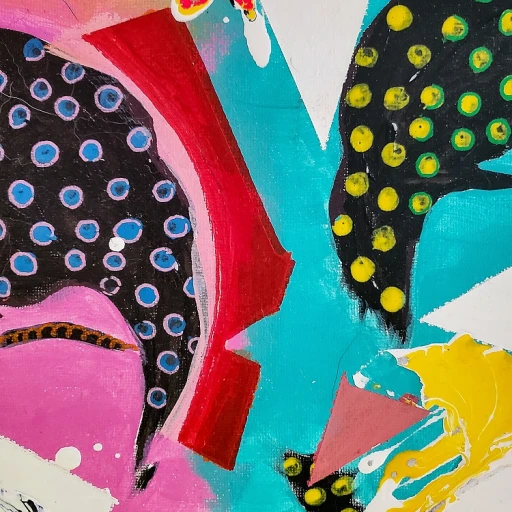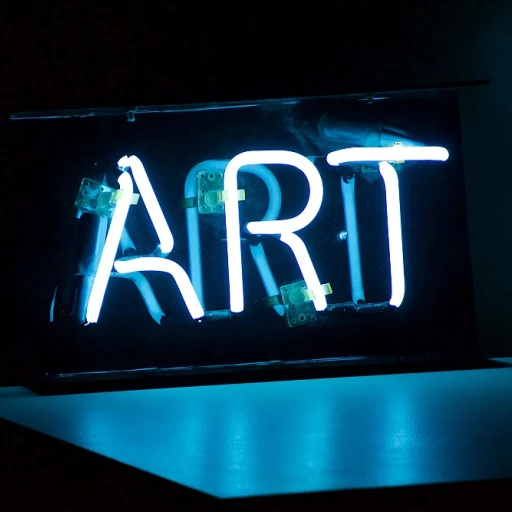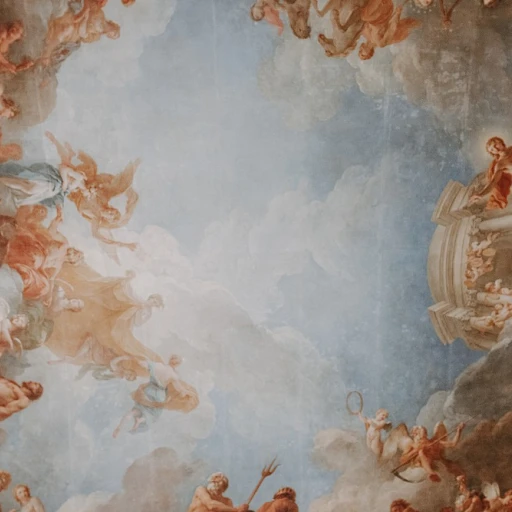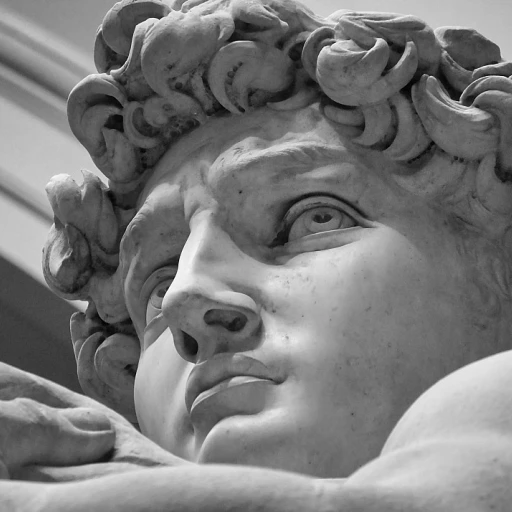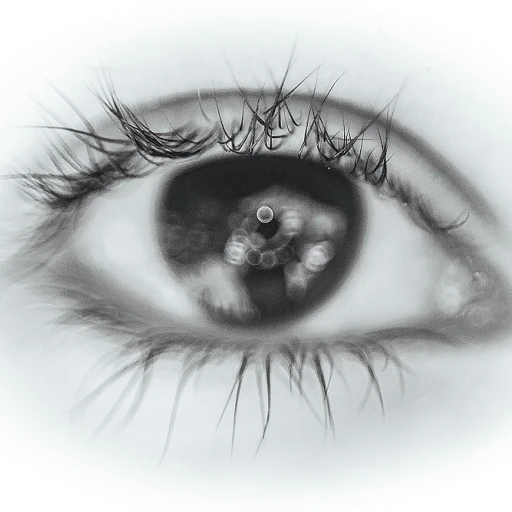-teaser.webp)
Understanding Art Deco in Luxury Artwork
The Timeless Appeal of Art Deco
Art Deco is an enduring style that has left a lasting imprint on the world of luxury artwork. Known for its rich symmetry and bold use of geometric shapes, it embodies an extravagance that continues to captivate. Originating in the early 20th century, this style flawlessly bridges the gap between opulence and modern design sensibility. The lavish appeal of Art Deco transcends time by integrating materials like exotic woods, metals, and opulent textiles. Furnishings from this era often feature clean lines and rich textures, which bring a unique sophistication to any interior decor. The influence of Art Deco is vast, extending from architecture to large room pieces to smaller decorative objects, creating surroundings that exude luxury. In the realm of interior design, the Art Deco trend has found renewed interest in contemporary settings. Its lasting influence on midcentury modern furnishings and room aesthetics can still be seen in today's design styles. The clean-lined, geometric motifs characteristic of this style lend themselves to elegant, yet commanding spaces—a testament to why it remains a coveted choice for collectors and art investors alike. For those looking to delve deeper into the world of luxurious Art Deco, exploring materials, shapes, and contemporary reinterpretations can offer valuable insights. In this way, one can find parallels in modern living room aesthetics and learn how midcentury principles continue to inform design creativity today. For further understanding, consider unlocking the potential of surrealism, particularly in luxury art investment, a fascinating perspective fleshed out in your ultimate guide to luxury art investment.Mid-Century Modern: A Shift in Luxury Art
Mid-Century Modern: A New Dawn in Luxury Art
The mid-20th century ushered in a transformative period for luxury artwork, characterized by the emergence of Mid-Century Modern design. This era marked a departure from the ornate and intricate details of Art Deco, embracing simplicity and functionality. The shift was not just a change in aesthetics but a reflection of the evolving societal values post-World War II.
Mid-Century Modern design is synonymous with clean lines, organic shapes, and a seamless integration of indoor and outdoor spaces. The focus was on creating a harmonious living environment that was both practical and visually appealing. This design style found its way into various aspects of luxury art, from architecture to furniture and interior decor.
Key Characteristics of Mid-Century Modern Design
- Materials: The use of natural materials like wood, leather, and metal was prevalent, offering a warm yet modern feel to the interiors.
- Shapes: Organic and geometric shapes were favored, creating a balance between form and function.
- Color Palette: Earthy tones, alongside bold colors, were used to create contrast and interest within a space.
- Furniture: Iconic pieces from this era, such as the Eames Lounge Chair, remain highly sought after in the luxury market.
Mid-Century Modern's influence extends beyond just furniture and decor; it has significantly impacted modern architecture and interior design. The style's emphasis on open spaces and large windows allows for a seamless connection with the surrounding environment, a feature that remains popular in contemporary luxury homes today.
For those interested in exploring this timeless style further, mid-century modern posters offer a glimpse into the era's artistic expression. These pieces capture the essence of the period, making them a valuable addition to any luxury art collection.
Comparative Analysis: Art Deco vs Mid-Century Modern
Contrasting Aesthetics and Philosophies
The luxurious artwork landscape is marked by the stark contrast between Art Deco and Mid-Century Modern styles. While both have deeply influenced 20th-century design, their philosophies and aesthetics offer distinct paths for collectors and enthusiasts alike.
Ornate vs. Minimalist
Art Deco is renowned for its lavish use of materials, intricate patterns, and bold geometric shapes. This style echoes the opulence of its time, a testament to the roaring economy of the 1920s century. Its elegance can transform a living room into a palace, with elements like deco furniture and wood inlaid decor promising a sense of grandeur.
In contrast, Mid-Century Modern design emerged as a response to the chaotic aftermath of the Second World War. Characterized by clean lines, functionality, and an integration with nature, it offered a refreshingly stripped-back aesthetic. The emphasis was on usability and organic forms, fitting seamlessly into modern lifestyles. Its presence in a house brings about a warmth and simplicity, evident in its use of natural materials and modern design elements.
Geometry Meets Organics
Both styles employ geometric shapes, but their applications differ remarkably. While Art Deco thrives on symmetry and sharp angles, Mid-Century Modern leans towards fluid, organic curves. A deco lamp might feature tiered cascading glass elements, whereas a mid-century piece uses sleek, streamlined forms.
Historical Context's Role
Their divergent appearance is a direct reflection of the historical context during which each style developed. The Art Deco movement, evolving during economic prosperity, resonates with extravagance and innovation. On the other hand, the midcentury modern shift towards functionality and minimalism encapsulates post-war sentiments and technological advancements.
Analyzing these distinctions further highlights the relationship between historical context and luxury art styles, inviting a deeper exploration of their influence on today's luxury artwork. Immerse yourself further into the realm of synergistic design influences, exploring the enigmatic allure of surreal wall art.
The Influence of Historical Context on Luxury Art Styles
Historical Context and its Impact on Style Evolution
The early 20th-century marked a significant turning point in the world of design, with Art Deco and Mid-Century Modern emerging as hallmark styles in luxury artwork. Delving into each period's era, we gain insights into the influences fueling these distinctive aesthetics and their role in shaping luxury art. Art Deco developed during a time of economic growth and social change, resonating with the opulence and optimism of the Roaring Twenties. This style characterizes itself through its lavish materials and geometric shapes, embodying a luxurious approach to architecture and interior design. The elegance of Art Deco furniture, with its emphasis on exotic woods and ornate decor, often mirrors the wealth and sophistication its creators sought to project, thereby filling luxury living rooms with grandeur and flair. On the other hand, Mid-Century Modern design arose post-World War II, reflecting a shift towards simplicity and functionality within luxury art. This style embraced clean lines and organic forms while focusing on practicality in spaces such as Palm Springs. Its minimalistic tendency was a response to new social realities, crafting interiors where modern living thrived without sacrificing aesthetic value. The use of innovative materials like molded plywood and plastic further emphasized the design's adaptability. As these design styles evolved, they mirrored societal changes, adapting to the characteristics and desires of each era’s house and home. Where Art Deco was rooted in lavishness, Mid-Century Modern concentrated on a more democratic approach, underscoring the influence historical contexts have on the evolution of luxury artwork. Each period crafted environments uniquely suited for their times, leaving a lasting legacy on modern art and contemporary design preferences today.Modern Interpretations in Luxury Artwork
Embracing the Classics Within A Contemporary Frame
Modern interpretations of luxury artwork often draw from the timeless elegance of the past, merging it with current tastes. Both art deco and mid-century modern styles have seen a resurgence in recent years, transforming classic elements into contemporary designs. One key aspect often incorporated into modern settings is the use of clean lines. This design choice, characteristic of both art deco and mid-century aesthetics, seamlessly fits into today’s interiors. Whether in the structured geometrics of art deco or the organic shapes of mid-century modern, the appeal of clean lines can be found woven throughout modern living spaces. The warmth of materials also plays a crucial role. In the modern context, traditional wood from midcentury furniture is often combined with other materials to enhance a room's allure, creating a harmonious blend of past and present. For example, modern architecture might spotlight sleek metals or glass within a frame of rich wood, reminiscent of an elegant deco or mid-century room. Colors and patterns have similarly been reborn in luxury interior design. The vibrant yet sophisticated color palettes of the deco era are still popular, offering an option for those who wish to infuse a bit of historical opulence into their houses without engaging in outright period reconstructions. Meanwhile, the understated hues and subtle decor of mid-century elements provide a minimalist counterbalance, perfect for those seeking serenity in their living spaces. These styles have not only influenced private living room decor but also public architecture and furniture design mid way across the century. Think about Palm Springs, where mid-century modern design is showcased through strikingly simple lines and open layouts that support a modern lifestyle, all at a regular price point accessible to many. Ultimately, today’s luxury artwork and design styles are a testament to the enduring influence of these periods. They offer a modern twist on classic art deco and midcentury aesthetics, proving that the elegance of the past continues to inspire and elevate the spaces we inhabit.Collecting Luxury Artwork: Art Deco and Mid-Century Modern
Building a Collection: Art Deco and Mid-Century Modern
Collecting luxury artwork, particularly from the Art Deco and Mid-Century Modern eras, requires a keen eye for detail and an appreciation for the unique characteristics that define these styles. Both periods offer distinct aesthetics that can transform any living space into a gallery of elegance and sophistication.
Identifying Key Features
When starting your collection, it's essential to recognize the defining features of each style:
- Art Deco: Known for its bold geometric shapes, rich materials like wood and metal, and a sense of opulence. Look for pieces that feature intricate patterns and luxurious finishes.
- Mid-Century Modern: Characterized by clean lines, functional design, and an emphasis on simplicity. This style often incorporates natural materials and a seamless integration with the surrounding architecture.
Where to Find Authentic Pieces
To ensure authenticity, consider sourcing pieces from reputable galleries or auctions specializing in 20th-century design. Online platforms can also be a valuable resource, but it's crucial to verify the provenance and condition of the artwork before purchasing.
Integrating Art into Your Space
Once you've acquired your pieces, the next step is to integrate them into your interior design. Art Deco pieces can serve as statement items in a living room, while Mid-Century Modern furniture can create a cohesive and inviting atmosphere. Consider the overall decor and how each piece complements your existing style.
Investment and Appreciation
Both Art Deco and Mid-Century Modern artworks are not only aesthetically pleasing but can also be valuable investments. As these styles continue to gain popularity, the regular price of authentic pieces may increase, making them a wise addition to any collection.
Whether you're drawn to the opulence of Art Deco or the sleek simplicity of Mid-Century Modern, building a collection in these styles offers a rewarding journey into the world of luxury artwork.

